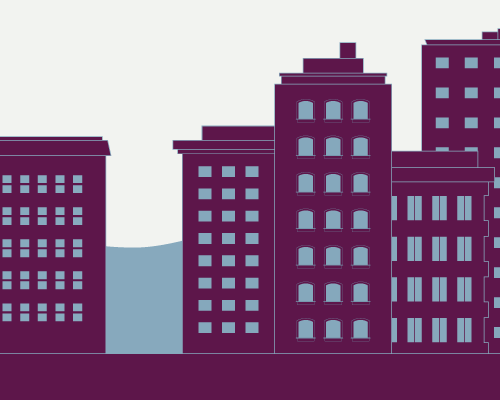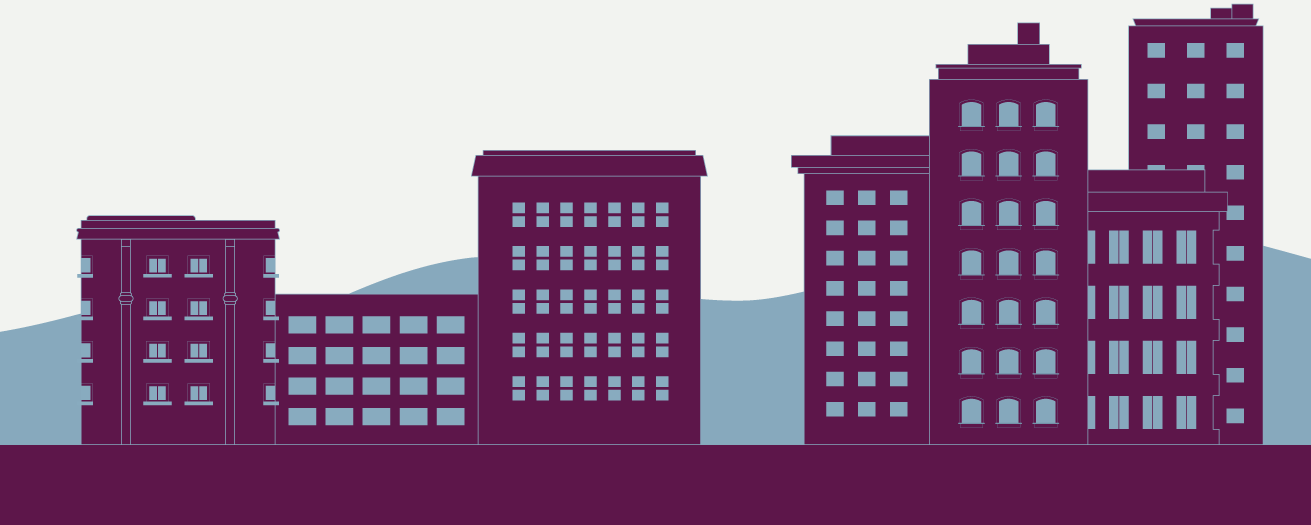Time to apply for forgiveness.
Congratulations again on being approved for the Paycheck Protection Program (PPP) loan.
The SBA Direct Forgiveness Portal is open! Register and apply for forgiveness. It's quick and easy to apply and requires no supporting documentation (unless later requested by the SBA).
If you need assistance, please contact the SBA at (877) 552-2692, or contact STCU at pppreferrals@stcu.org.
With applying for forgiveness, you certify that you will retain supporting documentation for six years. This documentation shows how you spent the funds on forgivable/eligible expenses. Below you will find a brief explanation of what and how to document. See the official SBA rules for more information.
Important:
- You must apply for forgiveness, as forgiveness is not automatically granted.
- Any breach, default, or misrepresentation during the application process will put forgiveness at risk. i.e. if someone waits until the loan gets termed out and then misses a payment before applying for forgiveness, forgiveness is at risk.
- Improper use of PPP funds can lead to: no debt forgiveness, potential fines, criminal penalties, and civil penalties.
Timeline.
- Borrowers can select a covered period between 8 and 24 weeks. The covered period starts the day funds are disbursed.
- After your covered period ends, you have 10 months to submit your forgiveness application. If you don’t apply for forgiveness during this time, your payments will begin at the end of the 10 months.
How to spend.
In order for your loan to be forgiven, funds must be used towards permissible and forgivable expenses.
- If members unintentionally use funds for unapproved expenses, SBA may deem those funds unforgivable.
- If members knowingly use funds for unauthorized purposes that could be considered fraudulent, the member could be subject to fines and other penalties.
Forgivable uses.
Payroll costs (at least 60%, but up to 100%).
- For employees: salary, wages, commissions, or similar compensation; cash tips or the equivalent; payment for vacation, parental, family, medical, or sick leave; allowance for separation or dismissal; payment for the provision of employee benefits consisting of group health care or group life, disability, vision, or dental insurance, including insurance premiums, and retirement; payment of state and local taxes assessed on compensation of employees;
- For independent contractors or sole proprietors: wages, commissions, income, or net earnings from self-employment, or similar compensation.
Other Costs (not more than 40%).
- Interest payments on any business mortgage obligation on real or personal property incurred before February 15, 2020 (but not any prepayment or payment of principal).
- Payments on business rent obligations on real or personal property under a lease agreement in force before February 15, 2020.
- Business utility payments (electricity, gas, water, transportation, telephone, or internet access) for which service began before February 15, 2020.
- Operations expenses and supplier costs.
- Property damage costs: property damage costs related to vandalism or looting due to the occurrences during 2020 that were not covered by insurance or other compensation.
- Worker protection expenditures.
Excluded items.
- Compensation of an employee in excess of $100,000.
- Employer’s share of federal payroll taxes (i.e. SSI and Medicare).
- Compensation of employees who reside outside of US.
- Qualified sick and family leave under the Families First Coronavirus Response Act.
How to document.
If your loan is under $150,000, you do not need to submit any documentation with the forgiveness application. However, you do need to hold on to your documentation for six years (per SBA guidance).
Payroll
- 941s and payroll reports showing how much each employee worked and earned during the covered period.
- Checks and/or bank statements showing payroll transfers for owners, self-employed businesses, and sole proprietors.
Non-payroll
- Mortgage interest – lender’s amortization schedules for mortgage interest and proof of payment.
- Rent - Lease agreement and proof of payment for rent.
- All others – monthly statements, invoices, receipts, or canceled checks.
Additional resources.
- STCU coronavirus business resources.
- SBA PPP information.
- SBA PPP forgivessness factsheet.
- Treasury CARES Act information.
Contact us.
Please contact your STCU business banker. We'll be happy to help answer questions you may have. You can reach our commercial and business team by:
- Calling (877) 304-7185.
- You can email all PPP inquiries to PPPreferrals@stcu.org
- Visiting our team page.
Disclosures
Note: all content is based on the latest information from the SBA and is subject to change.
*All loans subject to approval.
1For amounts paid to owners (owner-employees, a self-employed individual, or general partners) using a 24-week Covered Period, this amount is capped at $20,833 (the 2.5-month equivalent of $100,000 per year) for each individual or the 2.5-month equivalent of their applicable compensation in 2019, whichever is lower. For members using an 8-week Covered Period, this amount is capped at $15,385 (the eight-week equivalent of $100,000 per year) for each individual or the eight-week equivalent of their applicable compensation in 2019, whichever is lower. For each individual employee, the total amount of cash compensation eligible for forgiveness may not exceed an annual salary of $100,000, as prorated for the Covered Period.



